ROXY MUSIC - HIGH ROAD - 12" EP VINYL Album
Roxy Music recorded live at the Apollo Theatre
Roxy Music's "High Road" is a remarkable 12" LP vinyl album that captures the band's electrifying performance at the Apollo Theatre in Glasgow. Produced by Rhett Davies and Roxy Music themselves, this live recording presents an exceptional display of their artistry and stage presence. With an impressive lineup of talented musicians and performers, including Bryan Ferry, Phil Manzanera, and Andy Mackay, "High Road" delivers a captivating musical journey that showcases Roxy Music at their finest.
The Live Experience:
Recorded by Radio Clyde's Mobile 2 and engineered by Alan Boyd, the sound quality on "High Road" is exceptional, providing a true representation of Roxy Music's live performance. The Apollo Theatre in Glasgow, renowned for its vibrant atmosphere, serves as the perfect backdrop for the band's energetic and dynamic set. The audience's cheers and applause, interspersed with the band's flawless performance, create an immersive experience for the listeners.
Track-Listing:
Side One of the album opens with "Can't Let Go", a pulsating track that sets the tone for the entire live experience. Bryan Ferry's charismatic vocals, coupled with the band's tight musicianship, immediately captivate the audience. The following track, "My Only Love", showcases Ferry's emotive delivery, drawing listeners into a world of heartfelt lyrics and melodic beauty.
Side Two begins with a powerful rendition of Neil Young's "Like a Hurricane". Roxy Music's interpretation of the song infuses it with their own unique flair, creating an intense and atmospheric sonic landscape. The album concludes with "Jealous Guy", a touching tribute to John Lennon. Ferry's heartfelt rendition, combined with the band's masterful arrangement, brings forth a profound emotional connection with the audience.
Musical Brilliance:
The chemistry among the band members is palpable throughout the entire album. Bryan Ferry's distinctive voice remains a highlight, effortlessly conveying emotion and vulnerability. Phil Manzanera's virtuosic guitar playing adds depth and texture to the songs, while Andy Mackay's saxophone brings an element of sophistication and elegance. The rhythm section comprising Neil Hubbard, Andy Newmark, and Alan Spenner provides a solid foundation, allowing the band to explore various musical styles with precision and flair. Jimmy Maelen's percussions, Guy Fletcher's keyboards, and the backing vocals of Michelle Cobbs, Tawatha Agee, and others enhance the overall richness of Roxy Music's sound.
Album Cover Design:
The album cover of "High Road" is a visual masterpiece, designed collaboratively by Bryan Ferry, Neil Kirk, Antony Price, Peter Saville, and Thareta de Oliveira. It captures the essence of Roxy Music's artistic vision, blending elegance with avant-garde sensibilities. The cover artwork serves as a window into the band's world, inviting listeners to embark on a captivating musical journey.
|
Music Genre: 80s Pop / New Wave / Art RockArt rock is a subgenre of rock music that emerged in the late 1960s and early 1970s. It is characterized by its ambitious and experimental approach to music, incorporating elements from various genres, such as classical, jazz, avant-garde, and progressive rock. Art rock bands sought to expand the boundaries of popular music by incorporating complex musical structures, unconventional instrumentation, and thought-provoking lyrics. Art rock musicians aimed to create music that was intellectually stimulating and artistically expressive. They often embraced a wide range of influences and drew inspiration from diverse sources, including literature, visual arts, and philosophical concepts. By blending different styles and experimenting with musical techniques, art rock bands created a sound that was both sophisticated and innovative. One of the defining features of art rock is its emphasis on musical complexity and instrumental proficiency. Bands would often employ intricate arrangements, unconventional time signatures, and extended song structures, challenging the traditional verse-chorus format of mainstream rock. This allowed for a more dynamic and expansive musical landscape, giving artists the freedom to explore a wide range of moods and emotions within a single composition. Lyrically, art rock often tackled unconventional themes and explored philosophical and introspective concepts. The lyrics were often poetic and laden with symbolism, reflecting the influence of literature and poetry on the genre. Art rock songs frequently delved into introspection, existentialism, social commentary, and surreal imagery, offering listeners a deeper and more thought-provoking experience. Several influential bands and artists have contributed to the development and popularization of art rock. Progressive rock bands like Pink Floyd, Genesis, Yes, and King Crimson pushed the boundaries of rock music with their epic compositions, intricate instrumentation, and conceptual albums. David Bowie, with his ever-evolving musical style and theatrical stage presence, incorporated art rock elements into his music, blurring the lines between rock, pop, and avant-garde. Other notable art rock artists include Roxy Music, with their blend of glamour, artifice, and musical experimentation; The Velvet Underground, who combined avant-garde sensibilities with rock and roll; and Kate Bush, known for her ethereal vocals, poetic lyrics, and eclectic musical arrangements. The influence of art rock can be seen in subsequent genres and movements, such as post-punk, new wave, and alternative rock. Many contemporary bands continue to draw inspiration from the art rock tradition, incorporating experimental and progressive elements into their music. Overall, art rock represents a fusion of musical creativity, intellectual exploration, and artistic expression. Its emphasis on innovation, complexity, and lyrical depth has left a lasting impact on the evolution of rock music, expanding its boundaries and inspiring generations of musicians to push the limits of popular music. |
|
Album Production Information: The album: "ROXY MUSIQUE - High Road" was produced by: Rhett Davies and Roxy Music Sound/Recording Engineer(s): Alan Boyd This album was recorded live at the Apollo Theatre Glasgow, by Radio Clyde's Mobile 2 Album cover design: Bryan Ferry, Neil Kirk, Antony Price, Peter Saville. Thareta de Oliveira |
|
Record Label & Catalognr: E.G. Records 2335 269 |
|
Media Format: 12" LP Vinyl Stereo Gramophone Record Total Album (Cover+Record) weight: 230 gram |
|
Year & Country: 1983 Made in West Germany |
Personnel/Band Members and Musicians on: ROXY MUSIQUE - High Road |
|
Complete Track-listing of the album "ROXY MUSIQUE - High Road" |
|
The detailed tracklist of this record "ROXY MUSIQUE - High Road" is:
|
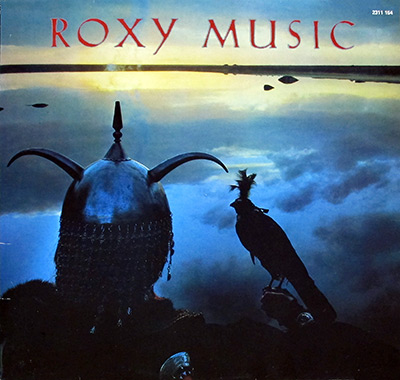
Roxy Music emerged during a time when rock music was evolving rapidly. Led by the visionary musician Bryan Ferry, the band embraced experimentation, combining elements of various genres to create their own distinctive sound.
- Avalon (1982, France) - Avalon (1982, Germany)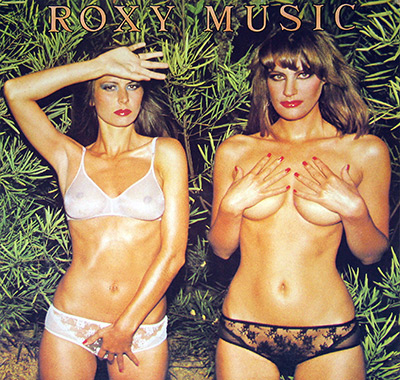
"Country Life" is a testament to Roxy Music's creative prowess, helmed by the visionary Bryan Ferry. The album represents a progression from the band's previous works, showcasing a more refined and sophisticated sound.
Learn more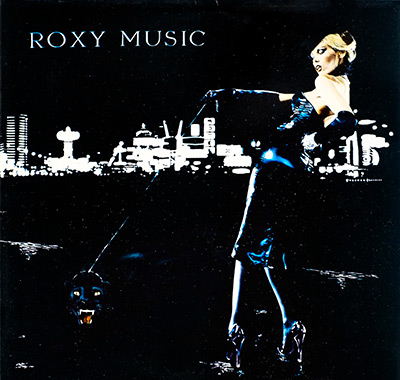
The album's production was a collaborative effort between the band and Chris Thomas. Thomas, along with Roxy Music, meticulously crafted each track, resulting in a cohesive and atmospheric record.
Learn more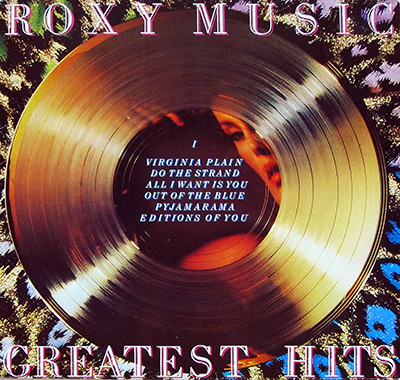
The 1974 Roxy Music - Greatest Hits - 12" LP Vinyl Album is a compilation of the band's biggest hits from their first four albums. The album includes the singles "Virginia Plain", "Do the Strand", "Pyjamarama", "Editions of You"
Learn more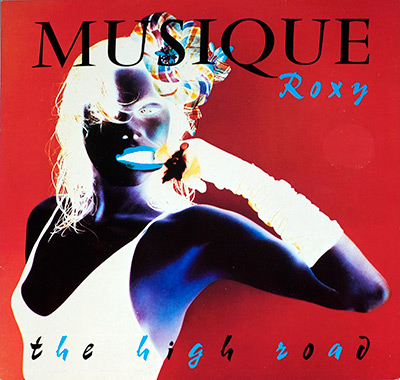
Recorded by Radio Clyde's Mobile 2 and engineered by Alan Boyd, the sound quality on "High Road" is exceptional, providing a true representation of Roxy Music's live performance. The Apollo Theatre in Glasgow,
Learn more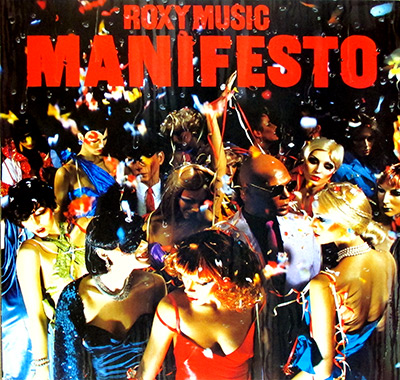
The late 1970s saw disco fever still raging, while punk and new wave movements were challenging the dominance of established rock acts. Roxy Music found themselves navigating this changed landscape. "Manifesto",
- Manifesto (1979, France) - Manifesto (1979, Germany)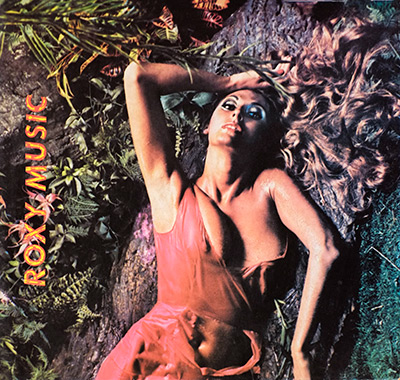
The album cover of "Stranded" exudes a sense of intrigue and sophistication. Designed by Nicolas De Ville, it captures the essence of Roxy Music's distinct visual style. The artwork draws inspiration from surrealist and pop art
Learn more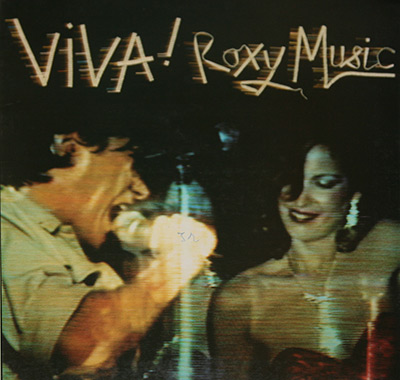
Produced by Chris Thomas for E.G. Records Ltd, "Viva!" was the band's first official live album. It was recorded over a span of three years, from 1973 to 1975, and expertly captures the essence of Roxy Music's live shows
Learn more